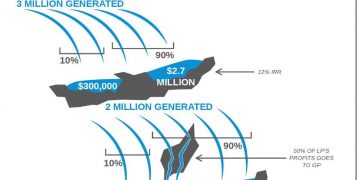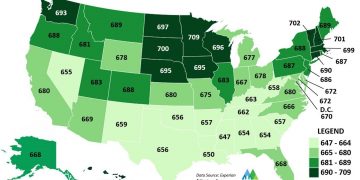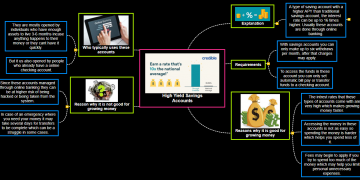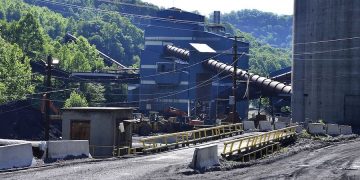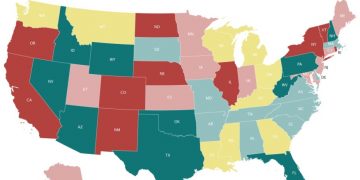When investigating business land speculations, you’ll regularly see the market descriptors essential, auxiliary, and tertiary. These are frequently used to depict the worth or nature of various CRE classes dependent on the spot type. Since the area is a central point in the worth of any land venture, knowing these terms and what they mean today can assist you with looking somewhat more profound at properties you might not have considered important previously.
Instances of triple net (NNN) rent essential, optional, and tertiary areas.
An essential NNN area would ordinarily be on a bustling street, on the principal avenue, close to other customer staples, in a developing local area.
An auxiliary NNN area would as a rule be inside strolling distance of the bustling street with a couple of other fundamental shops close by, perhaps a square or two away from the principal street.
A tertiary region is ordinarily viewed as on the edges of a significant city or in a provincial region. Tertiary could likewise be almost a more far off the modern park, sports field, or grounds.
Similarly, as with anything throughout everyday life, there are special cases for rigid standards, and that is the same for these CRE area types. For instance, neighborhood shopping areas can be viewed as essential, optional, or tertiary relying upon how dynamic the market is and how much cash is being spent there. Also, dissimilar to most the gross rent properties, numerous NNN inhabitants work in-country networks, and however named “tertiary,” these networks are regularly the ideal place for those brands, i.e., Dollar General, Mcdonald’s.
For what reason Might Investors Choose Secondary or Tertiary Markets?

Essential NNN properties are ordinarily picked first by financial backers. They are alluring to new and canny financial backers and those leaving less solid venture vehicles for the drawn-out pay solidness, the low-or no-upkeep angle, and the equivalent profit from speculation. This makes essential market rivalry, driving market interest, constraining costs up, and rates of return down. Because of this value-driving rivalry, numerous financial backers decide to put resources into an auxiliary or tertiary area.
Optional and tertiary business sectors regularly have less rivalry and lower deal costs, verifying NNN properties simpler to get, particularly interestingly financial backers. Higher rates of return can likewise be colossal in addition to while thinking about these business sectors. Venture grade companies that work with NNN leases in optional and tertiary business sectors know their clients and will generally flourish in these areas, settling on them a savvy decision for any NNN financial backer.
Also, the most recent two years have energized CRE financial backers who might not regularly purchase triple nets to buy these dependable properties, numerous in business sectors they would not have recently thought of. Possessing a blend of city, rural, provincial, and tertiary NNN speculations can enhance your venture portfolio with the security of various resource types, classes, and areas.
Naming Markets Isn’t a True Indicator of a Good or Bad Investment

As endless suburbia proceeds and suburbia develop quickly, the lines between what is viewed as essential, auxiliary, and tertiary have become obscured. At the point when conventional monetary drivers like populace development, financial development, speculation action, and deals volume are solid, so too will be rates of return and market steadiness.
As may be obvious, naming business sectors “essential,” “optional,” or “tertiary” won’t exclusively isolate a wise venture from helpless speculation. When buying a NNN rent property, for instance, the area according to the brand’s objective buyer and availability to those shoppers is more significant. Indeed, all financial backers need the Walgreens on the 1/2 section of land corner parcel in a principal retail lane yet it isn’t required for a solid, pay to create speculation. A rustic Dollar General or a rural DaVita can be comparably rewarding, or significantly more thus, because of a possibly higher rate of return and accomplishment of a better yield.









